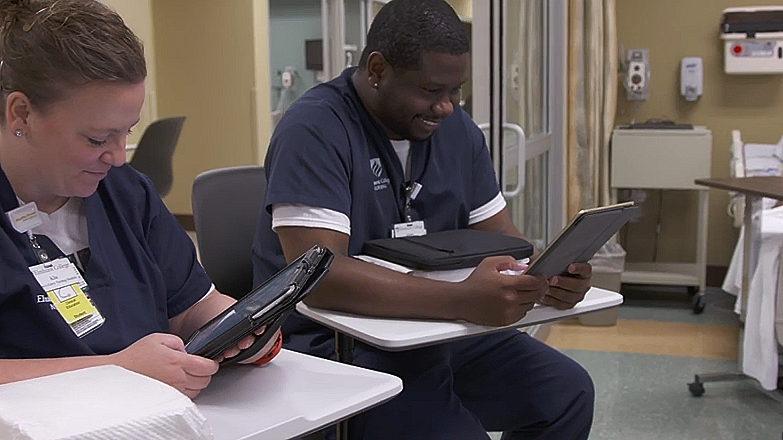
Why Increasing Diversity in Nursing is Important
Nursing strives to exceed the boundaries when it comes to providing patient care in the United States, and nursing leaders have long understood the importance of diversity in the workplace to obtain quality outcomes for their patients.
Over the last decade, the American Association of Colleges of Nursing (AACN) has dedicated efforts to diversify the workforce. The aim is to have adequate representation from all groups—including men and individuals from the African American, Alaskan Native, Asian, Hispanic, Native American, Native Hawaiian, and those of other backgrounds.
Improving nurse workforce diversity will help decrease health disparities and increase health equity so all people of all groups can be as healthy as possible. Because different populations often present symptoms dissimilarly or are predisposed to distinct conditions, it’s important for nursing schools and staff to gain a wider perspective on the patients they serve. In parallel, when nursing staff mirrors the population they serve, it’s common for patients to feel more trusting and comfortable discussing their personal concerns and symptoms.
The National Council of State Boards of Nursing (NCSBN) and The Forum of State Nursing Workforce Centers were surveyed in 2017 to look at the cultural makeup of the nursing pool. Registered Nurses (RN) from minority backgrounds represented 19.2% of the workforce.
The survey identified the RN ethnic backgrounds comprised of 80.8% white/Caucasian; 7.5% Asian; 6.2% African American; 5.3% Hispanic; 0.4% Native American/Alaskan Native; 0.5% Native Hawaiian/Pacific Islander; 1.7% Two or more races; and 2.9% other nurses. Of the total nursing workforce, men accounted for 9.9% of the workforce, up from 1.1% from 2015.
Elmhurst University, located just outside of Chicago, is committed to successfully recruiting and retaining their nursing students to meet the growing need in their communities. Elmhurst’s mission is to prepare nurses for professional practice and exceed leadership roles to meet the needs of a diverse society.
If you are looking for a new career path in high demand, a degree in nursing can launch you into a highly respected, satisfying, and financially stable profession. Elmhurst University understands the importance of providing high-quality nursing degrees in a timeframe that matches the workforce demand.
Find the Right Program for You
Elmhurst University offers a distance accelerated BSN nursing program for those who are ready to begin their nursing career today. Students complete all course requirements in less than 2 years. An online distance learning structure allows those living in remote areas to gain access to a high-quality nursing education. Furthermore, there are just two on-campus visits during the program, limiting the number of travel disruptions to students.
The 16-month fast-track program prepares students to sit for the National Council Licensure Examination for Registered Nurses (NCLEX-RN) exam. Elmhurst University is consistently above the national and state scoring averages on the NCLEX exam. In 2020, 90% of their BSN students passed the exam.
Elmhurst University’s application process is easy to access online. Apply today and take the first step to a rewarding career.





